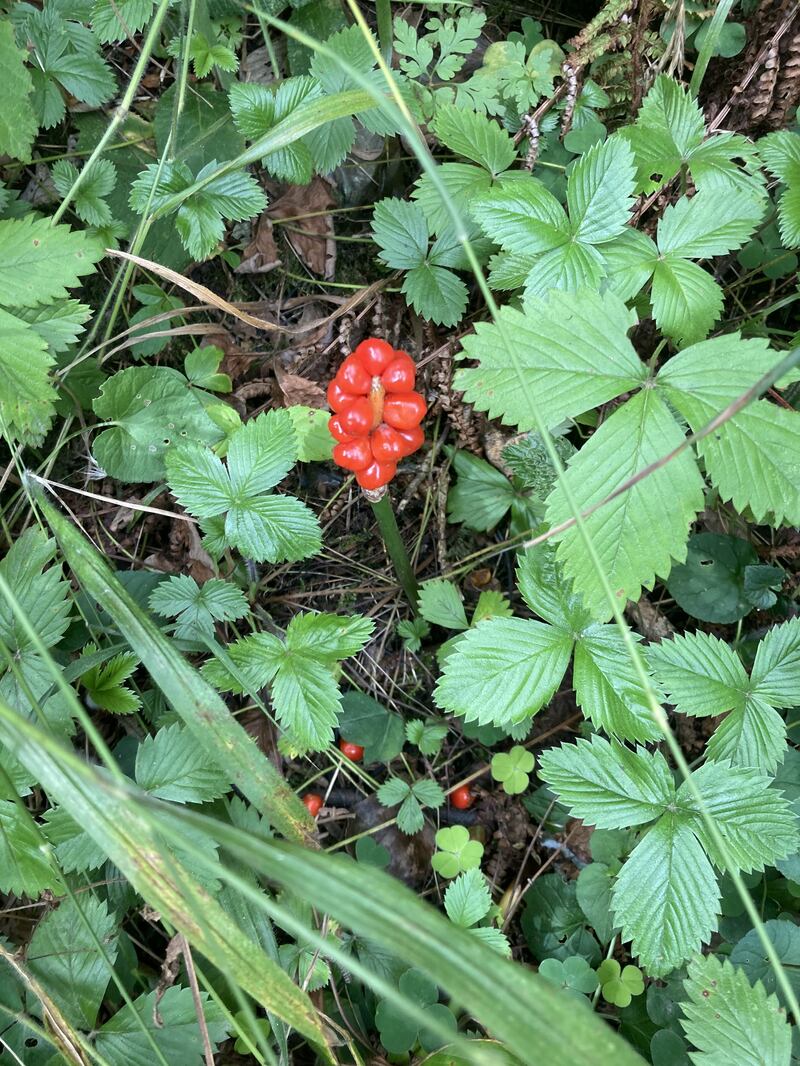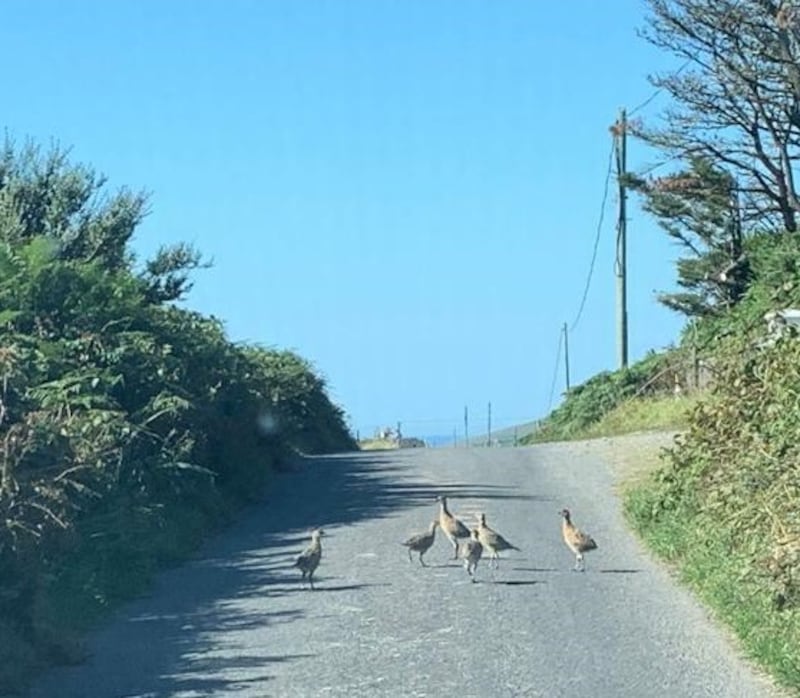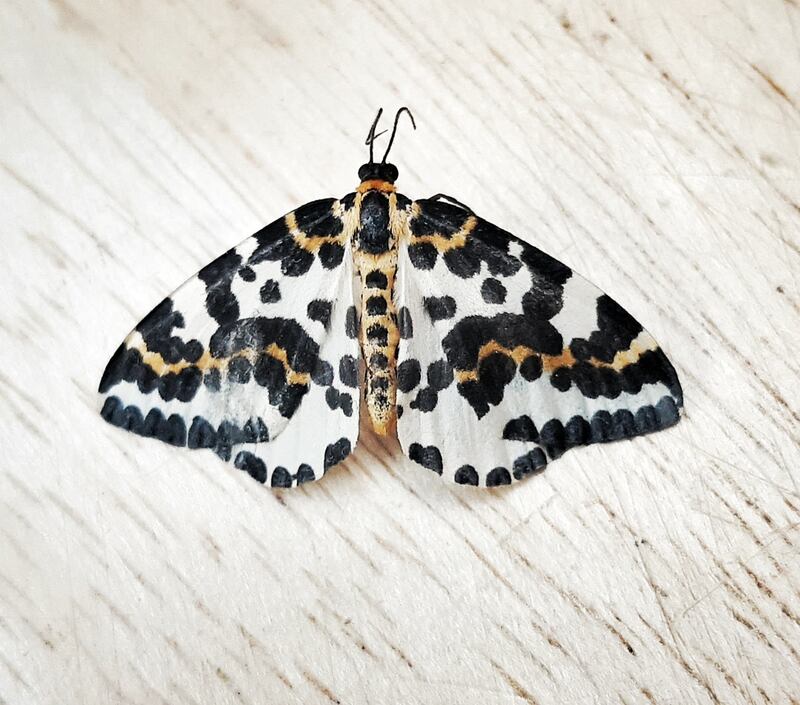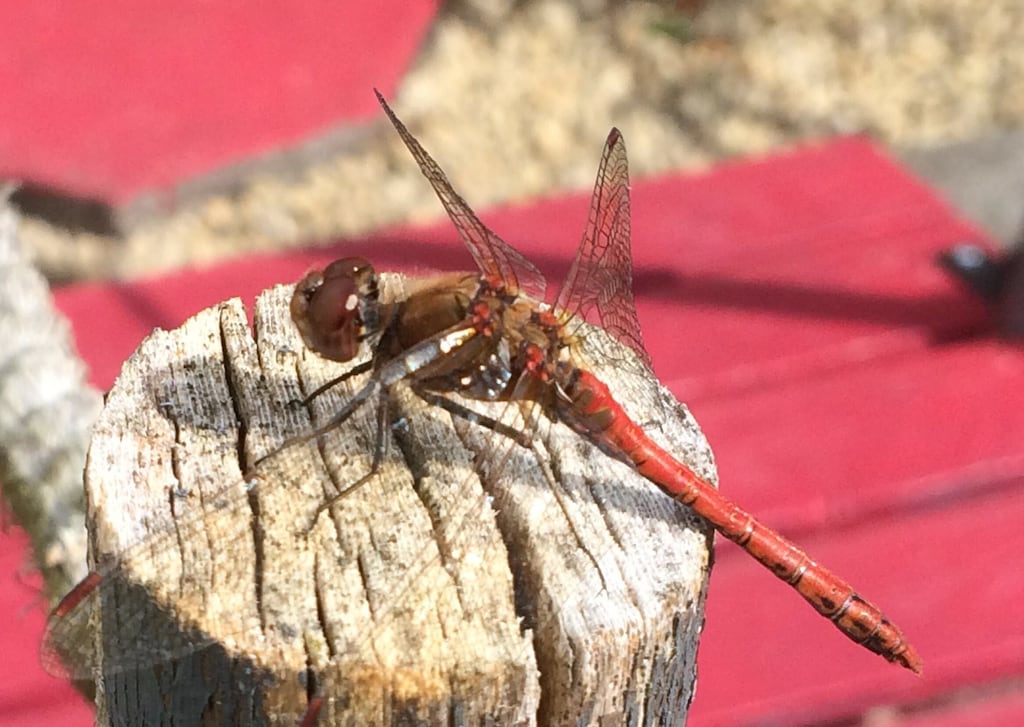I took this photo of a dragonfly in my back garden beside the pond. Can you identify it? Brendan O’Donoghue, Co Kildare
It is the common darter, probably the commonest dragonfly in Ireland. It is a pioneer species and rapidly colonises garden ponds, so you are doing your bit for increasing biodiversity in your area.

Can you identify this red-berried plant please? Donal Curran, Co Wexford
This is the berried stage of the Arum lily, also called Lords and Ladies. It is commonly found in woodlands and at the base of hedgerows. These berries are extremely poisonous to humans.
READ MORE

What on earth is this? The nubbly top feels very solid, like cartilage. Is it some kind of cancerous growth? The locals could only tell me that it was a seaweed. Carsten Boettger, Co Cork
They are not wrong. This is the base and holdfast of the wonderfully named Furbelow (Saccorhiza polyschides). This is a brown alga – one of the large kelps that grow on rocks on the very lowest part of the seashore. This bulbous holdfast attaches it to the rock and is itself a habitat for myriad small sea animals that find food and shelter both here and in the frilly fronds beside it. It was torn off the rocks and washed up in a storm and has lost its large frond, which can be up to 4m long.

I met these fledglings and parent on a road on Valentia Island. Are they corncrakes? Sean O’Mahony, Co Cork
Niall Hatch of BirdWatch Ireland tells me that this is a case of mistaken identity they see quite frequently. The birds are a female pheasant and her family. Also, their chicks are jet black and look completely unlike their parents.

I would love to know what this sadly deceased creature is. Frank Rafter, Co Tipperary
It is a magpie moth. This is a day-flying species whose boldly patterned wings warn of an unpleasant taste. It is rejected by many species of birds and spiders, who learn this the hard way.
Have you a nature query, observation, or photo you would like to share with The Irish Times? Submit it, with a location, via our website www.irishtimes.com/eyeonnature













